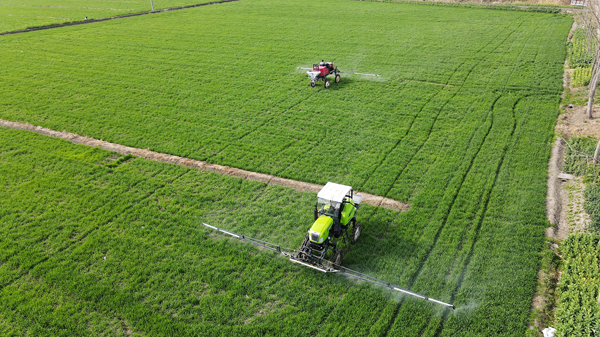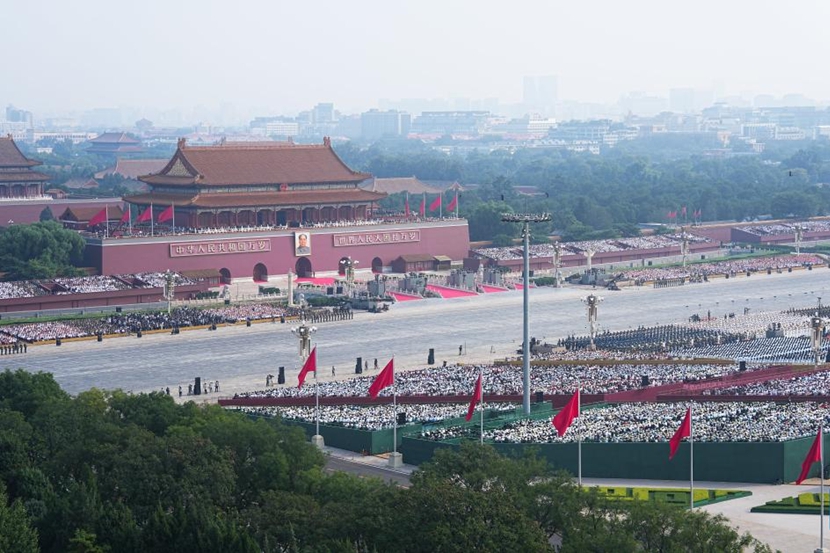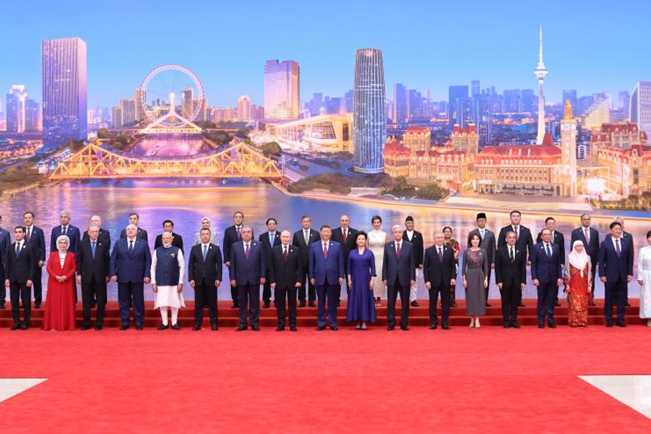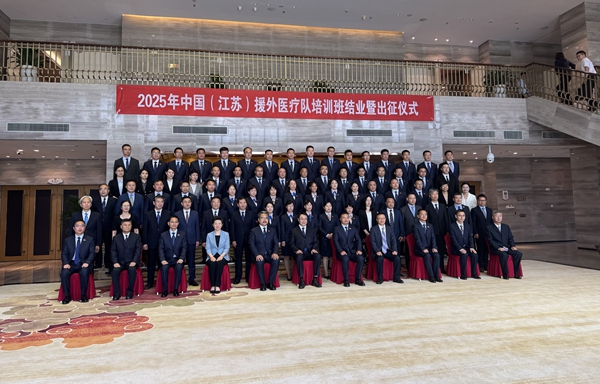
Photo taken on February 23 shows agricultural machinery is used for pest control in a wheat field in Putou Town, Jiangdu District, Yangzhou City. (CFP Photo)
The “No. 1 document”, the first policy statement released by the CPC Jiangsu Provincial Committee in 2021, was made public on March 3.
Seen as an indicator of policy priorities, the document outlined the key tasks of comprehensively promoting rural revitalization and accelerating the agricultural and rural modernization in the coastal province.
The document clearly requires a steady rise in grain cultivation area and production to ensure grain supply, highlights the key concerns for seeds and arable land, and support the innovative development of the seed industry.
As one of the country's 13 major grain-producing provinces, Jiangsu managed to keep the grain output over 35 billion kilograms, one of the highest in China during the 13th Five-Year Plan (2016-2020). The province also piloted national reform measures such as mortgage of the farmland management rights.
The document calls for unleashing greater growth potential, improving the management of major projects in agriculture and rural areas, and facilitating multiple channels to increase investment into such endeavors.
It also highlights the importance of strengthening the high-quality development of rural industries and stimulating innovation in agricultural science and technology. Efforts will be made to enhance the green development of agriculture, focus on forming distinctive characteristics, and support new business modes such as e-commerce, rural tourism and handicrafts.
Jiangsu will also improve the urban and rural co-ordination for domestic waste collection and disposal, and upgrade the treatment of domestic sewage in rural areas. By 2025, the implementation of sewage treatment in villages of some well-developed Southern Jiangsu areas should reach 90%, according to the document.
Jiangsu will continue to improve the infrastructure and public services such as education, healthcare, employment, and elderly care. The province will make efforts to ensure that the growth rates of disposable income for rural residents in key areas and for the province's rural low-income population will be both higher than the average of all rural residents by 2025. Meanwhile, the increase in annual collective revenue of economically weak villages is higher than the average growth of villages.




















